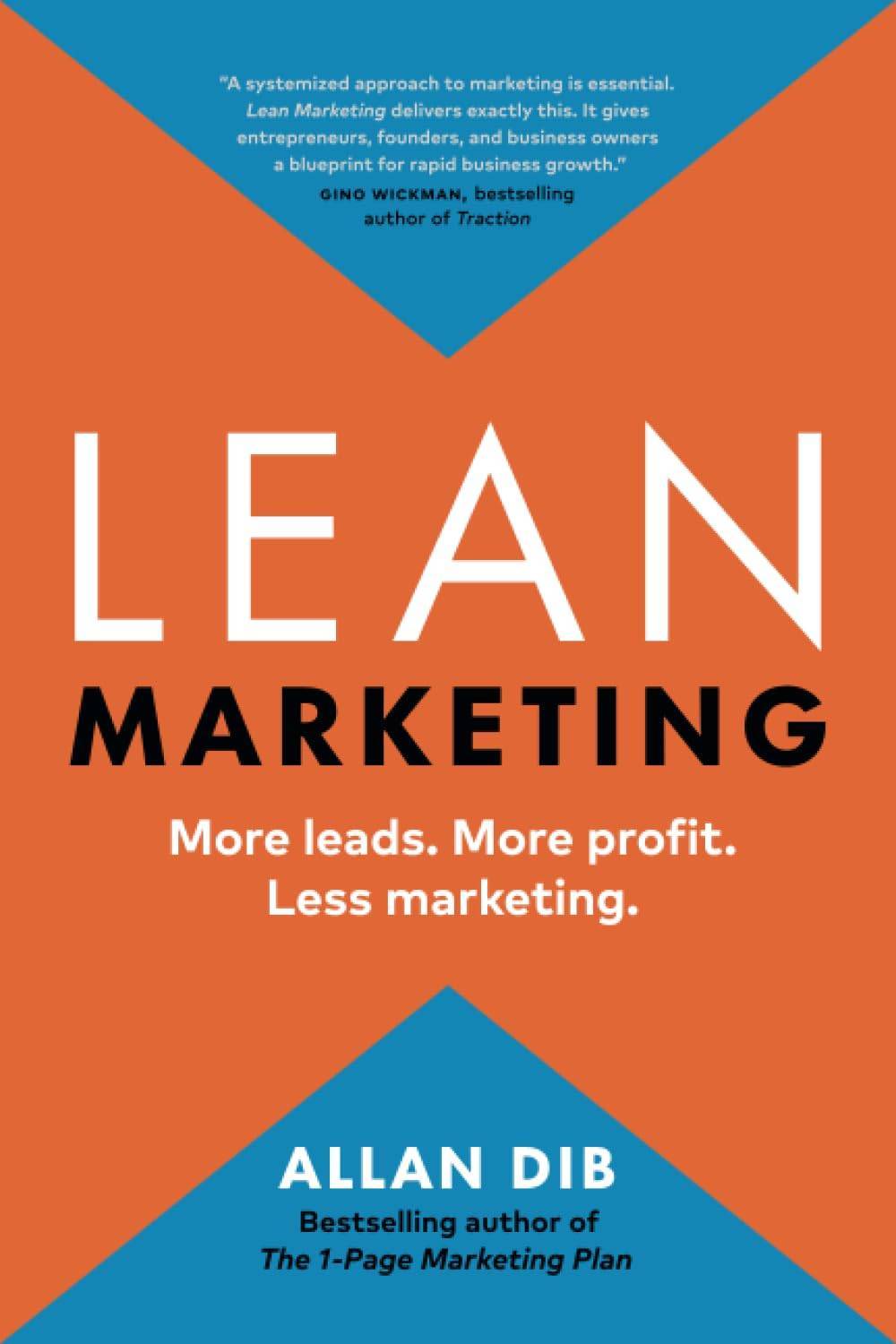Core Web Vitals: What They Are and How to Fix Them
Understand Google's Core Web Vitals and learn how to identify and fix issues affecting your site's UX and rankings.
Last updated: May 3, 2025

Core Web Vitals in 2025: What They Are and How to Fix Them
TL;DR
Google's Core Web Vitals focus on load speed, visual stability, and responsiveness. If your site fails these metrics, your rankings and conversions are probably suffering. You can fix them with audits, lightweight plugins, and a few focused code changes.
Recommended Reading
Why Core Web Vitals Matter (and How to Improve Them)
Core Web Vitals are Google's way of measuring real-world user experience, and they're officially a ranking factor. SEO is no longer just about content and links. Google's algorithms also care about how users experience your site. Slow, unstable pages that frustrate users will rank lower even if the content is good. This guide breaks down what they are, how to measure them, and how to fix the most common issues that hold your site back.
The Core Web Vitals Blueprint
What Are Core Web Vitals?
As of 2025, the three key metrics are:
- LCP (Largest Contentful Paint): How fast the main content loads (target: <2.5s)
- CLS (Cumulative Layout Shift): How stable the page is as it loads (target: <0.1)
- INP (Interaction to Next Paint): Measures input responsiveness (target: <200ms) These replace older UX metrics like FID (First Input Delay).
How to Measure Core Web Vitals
Use tools like PageSpeed Insights, Chrome User Experience Report, and Search Console's Core Web Vitals report. Start with field data (real users) and compare against lab data (controlled environment) to prioritize fixes.
Fixing LCP
- Optimize hero images and background media
- Use a fast server or CDN
- Prioritize above-the-fold content in HTML structure
- Preload key assets (fonts, banner images)
Fixing CLS
- Always include width/height attributes on images and videos
- Avoid inserting ads or banners above existing content
- Minimize layout shifts from web fonts or injected scripts
Fixing INP
- Delay non-essential JavaScript
- Minimize long tasks using code splitting
- Use passive listeners where possible
- Keep third-party scripts under control
Common Pitfalls and Quick Wins
- Relying only on lab data. Real-world data often shows different bottlenecks.
- Page builder bloat. Tools like Elementor or Wix often load redundant code.
- Too many fonts or icon libraries. These slow paint times and block interactivity.
My Favorite Tools for Core Web Vitals
- PageSpeed Insights: Core Web Vitals diagnostics with suggestions.
- WebPageTest: Filmstrip view for visualization.
- Lighthouse: Chrome DevTools audit.
- Search Console: Tracks real-world Core Web Vitals from users.
- Perfume.js: JavaScript library for tracking INP and custom metrics.
Final Thoughts
Core Web Vitals are more than a checkbox. They directly affect SEO and conversions. Fixing them requires technical awareness, but the payoff in rankings and UX is worth it.



